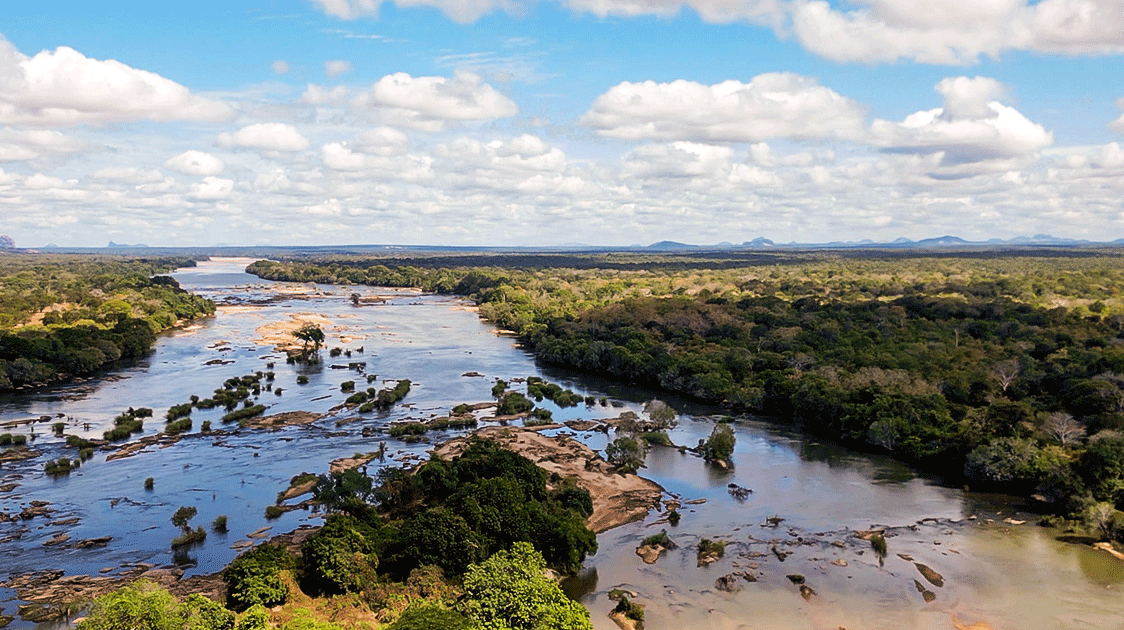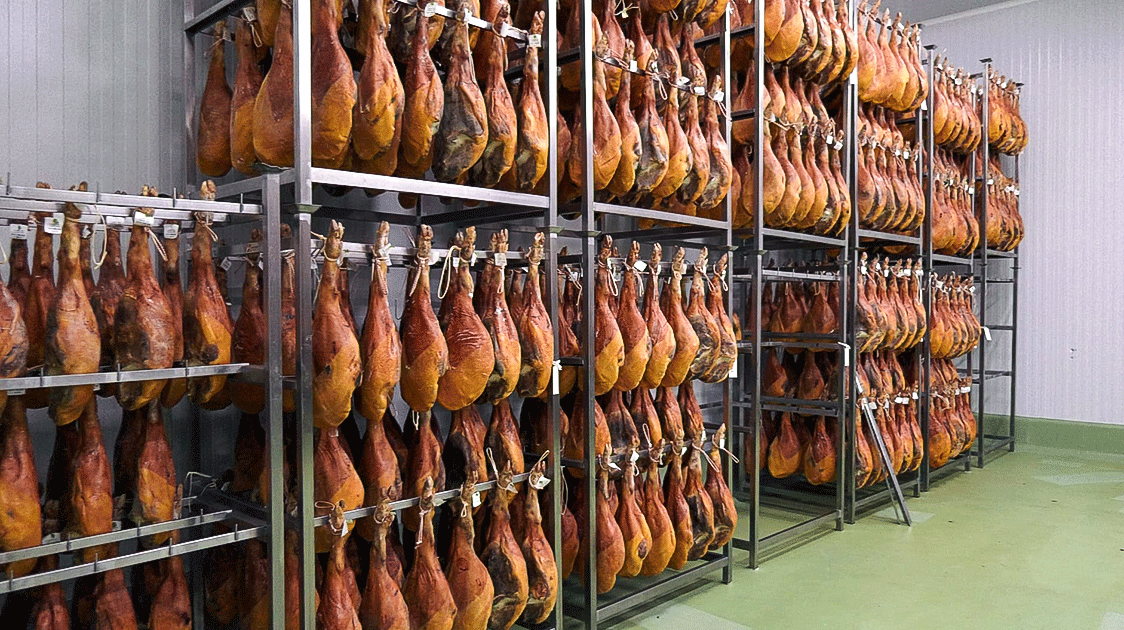Skinny Tracks, Wide Impacts: Bicycle Poaching in Tanzania’s Hunting Blocks
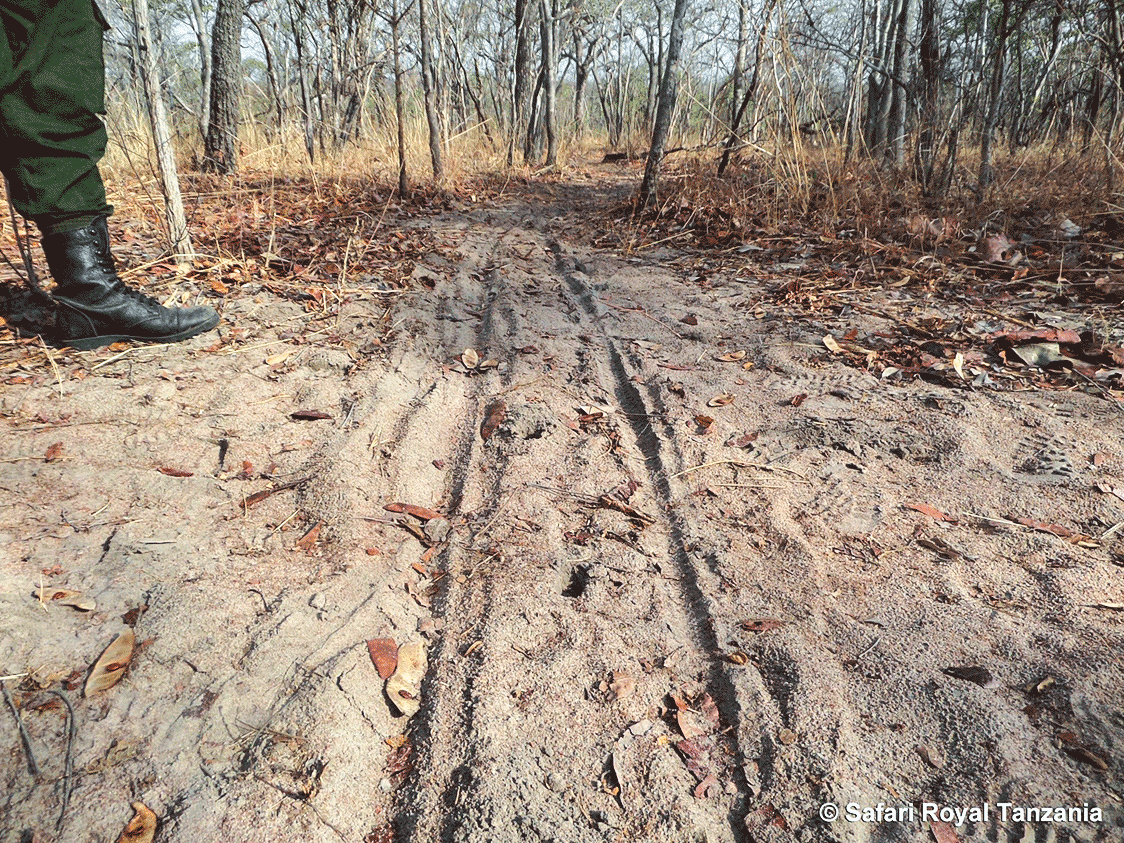
By Hank's Voice
Bicycles in the Western World vs. Tanzania’s Wilderness
In much of the Western world, bicycle paths are paved, safe trails where urban dwellers enjoy one of the most efficient and affordable forms of transportation.
But in Tanzania’s hunting blocks, bicycle-created dirt trails are used by poachers from nearby villages to steal and illegally transport wildlife resources, primarily game meat and honey.
Mike Angelides, the owner of Safari Royal Tanzania, operates in the miombo woodlands of western Tanzania, and his anti-poaching personnel have extensive experience in countering this threat to conservation.
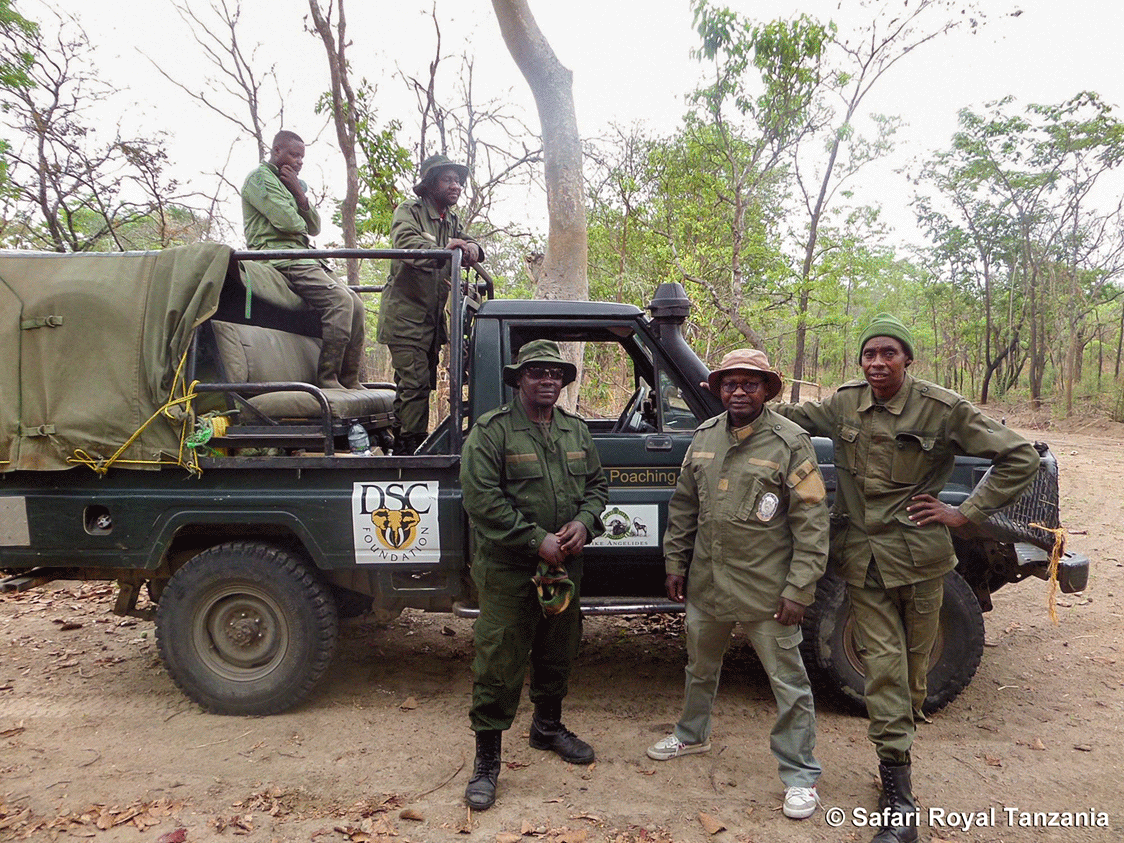
How Poachers Use Bicycles to Avoid Detection
When poachers enter hunting blocks, they avoid leaving visible tracks on main roads.
Anti-poaching patrols in vehicles look for the distinctive snake-like tire marks bicycles make in sandy soil. To evade this, poachers often:
- Lift lightweight bicycles off the road and carry them deep into the bush.
- Resume riding 100 meters or more inside the bush, where narrow bicycle paths branch out like a river delta to poaching locations.
- Drag tree branches behind bikes to erase deep ruts, a tactic increasingly seen in frequently patrolled areas.
In hunting blocks that include human settlements, tracks from law-abiding villagers are hard to distinguish from those of poachers. But in Mike’s wilderness block, where no settlements exist, any bicycle track signals illegal activity.
Hiding Bicycles and Poaching Equipment
Bicycles are easy to conceal in thick bush, and poachers hide them along with other essential gear at minimalist camps.
Anti-poaching patrols sweep a 100–200 meter radius around any discovered camp to locate hidden bicycles, weapons, and supplies. While confiscation may not permanently stop poachers, it delays future activity until they can replace the items.
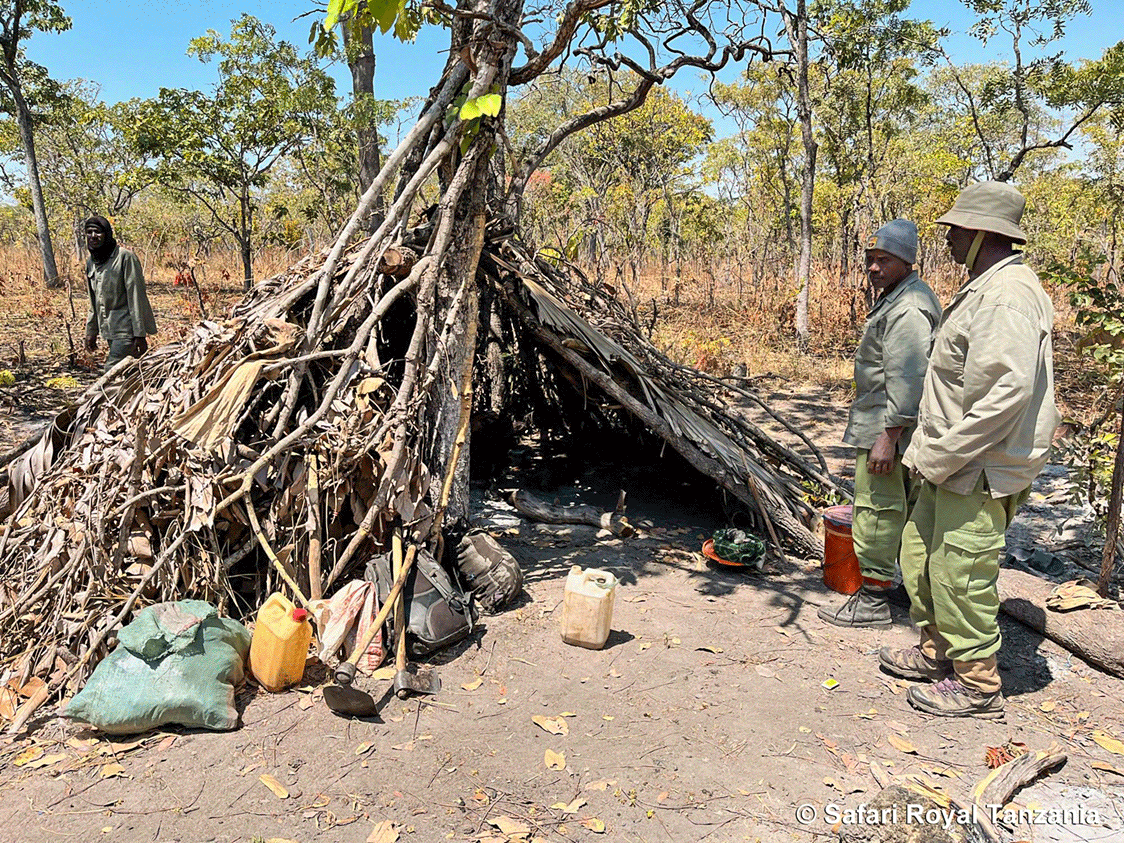
Bicycles as Efficient Poaching Transport
Bicycles help poachers carry heavier loads, especially if panniers or makeshift racks are fitted. When the concession boundary is reached:
- The bicycle can be stashed discreetly.
- Contraband can be transferred to transporters for the next stage.
Motorbikes: Faster, Cheaper, and Riskier
Motorbikes are often preferred over bicycles because they are cheaper to operate than cars and allow poached goods to be quickly moved to distant villages, far from game scouts’ patrol zones.
Evidence seized by anti-poaching units includes both motorbikes and bicycles, showing the range of transportation methods in use.
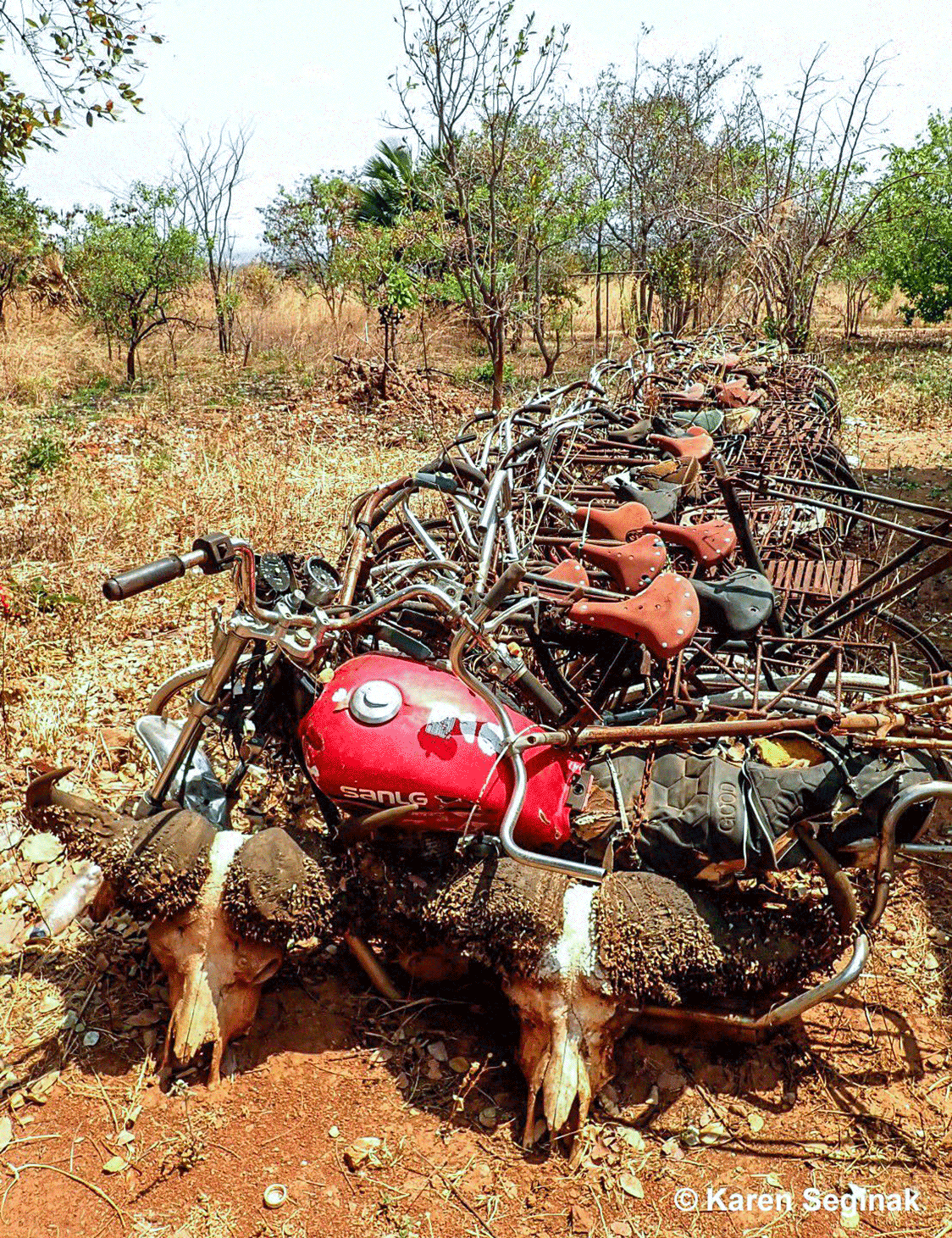
The Evolution of Poaching and Counter-Strategies
Poaching and counter efforts are like co-evolution; anti-poaching operations must become savvier as poachers get wilier.
Could Anti-Poaching Teams Use Bicycles?
How do anti-poaching teams become more efficient, and what alternative techniques might be effective was the question asked of Mike Angelides.
Bicycles could be deployed for short-range patrols from fly camps, but:
- Electric bikes can cover more ground quietly, though they require charging after a few hours, cost around USD 13,000 each, and need rider training. Solar-powered charging stations would be necessary.
- Motorbikes are affordable but noisy, alerting poachers. They are also dangerous off-road without proper training and could be stolen if left unattended.
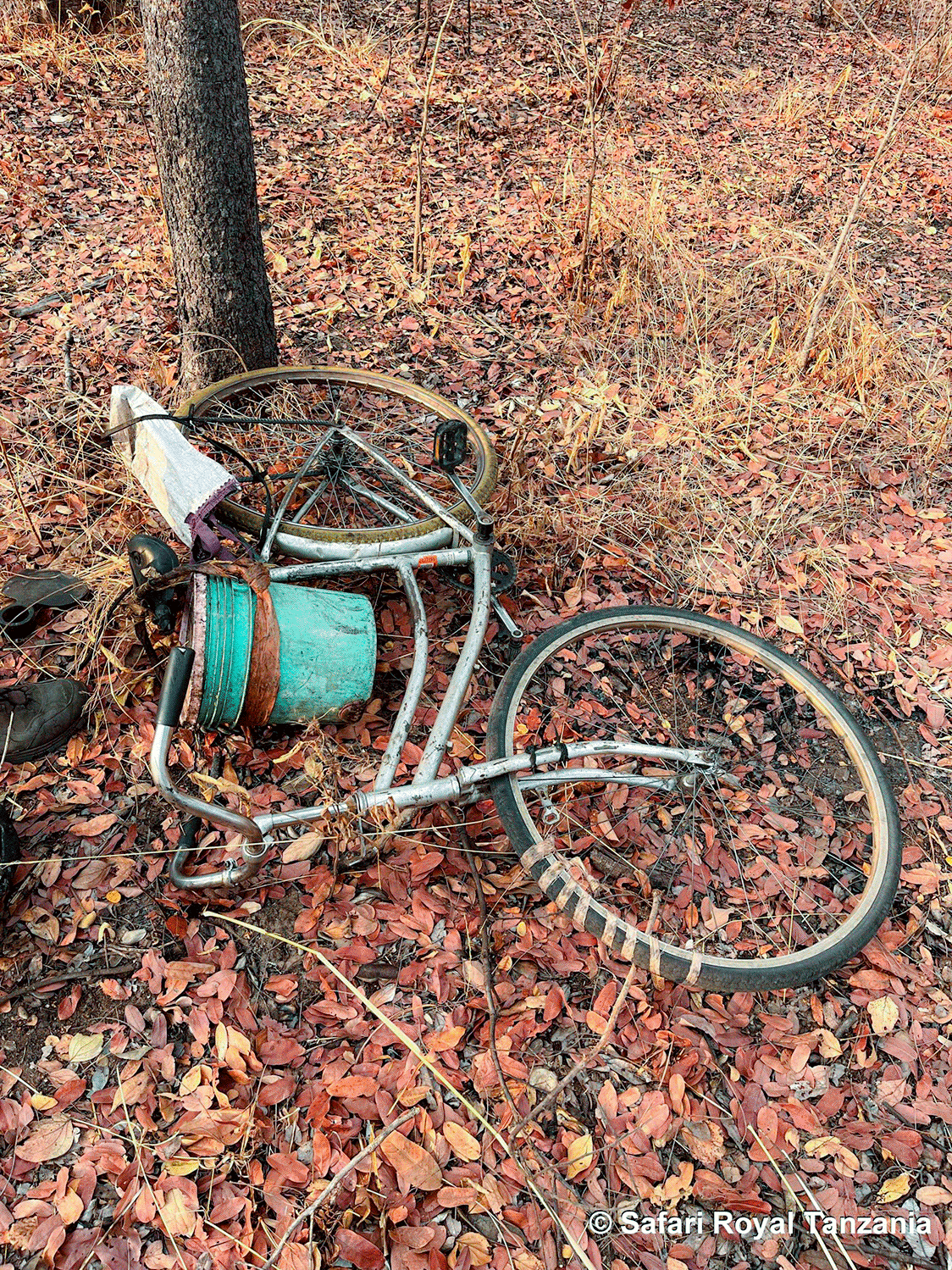
Aerial Surveillance: Benefits and Limitations
Aerial patrols can be valuable in open areas but face major obstacles in miombo woodland:
- Dense tree cover prevents helicopter landings and limits visibility.
- Fixed-wing aircraft are more cost-effective than helicopters but still require ground teams to apprehend poachers, often a time-consuming challenge.
The best use of aircraft patrols may be to maintain a noticeable presence to deter poachers and collect GPS coordinates of poachers’ camps.
Drone Technology in Anti-Poaching
Appropriately equipped drones offer possibilities, but they come with drawbacks:
- High cost and need for skilled operators.
- Limited range and flight time.
- Canopy interference disrupting signals.
- Engine noise makes drones detectable.
- Risk of being shot down by poachers.
- Night flights with thermal imaging could locate camps, but tree cover still poses challenges.
Boots on the Ground: Still the Best Method
Despite technological options, the most cost-effective and reliable approach remains ground patrols.
Poachers:
- Are tough, resourceful, and familiar with the terrain.
- Can survive on minimal supplies.
- Often have little to lose.
Anti-poaching teams:
- Require more logistics: drivers, game scouts, and camp attendants.
- Need mobile camps stocked with fuel, food, radios, and camping equipment.
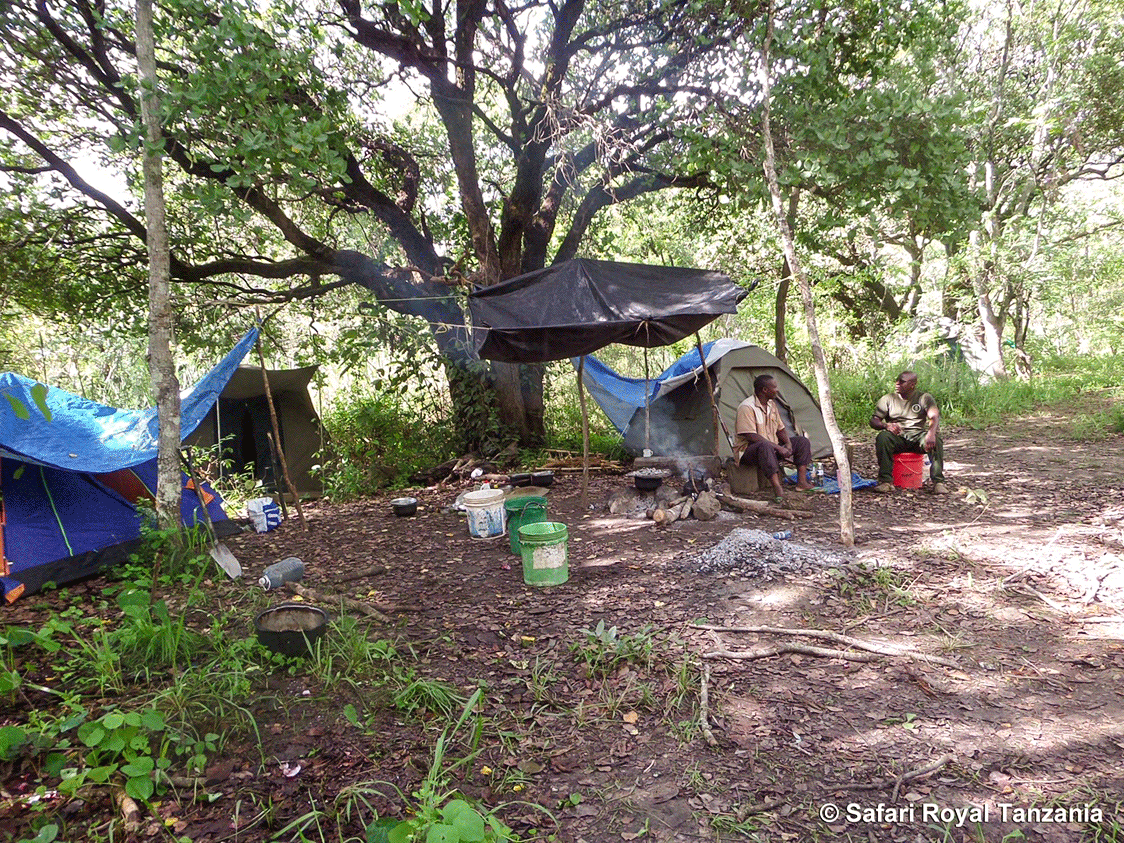
The more mobile units deployed, the greater the deterrent effect. A higher risk of capture leads to fewer willing poachers.
Safari Hunting as a Conservation Tool
Safari hunting teams can assist anti-poaching operations by:
- Acting as additional surveillance while hunting.
- Reporting poaching activity to mobile units.
- Covering territory that dedicated anti-poaching teams might not reach.
The hunting outfitter usually covers most of the operational costs, sometimes with help from clients and conservation supporters.
Choosing Safari Operators with Genuine Commitment
When booking a safari, clients should evaluate the outfitter’s conservation and anti-poaching record. Some operators focus heavily on social media presence but invest little in actual anti-poaching.
Just as skinny bicycle tracks can have wide ecological impacts, thin conservation commitments can lead to major losses in biodiversity.
Some high-profile operators garner social media attention but invest little in anti-poaching. Just as the skinny, worn-out bicycle tracks of poachers can have wide impacts on ecosystems, so too can thin commitments to anti-poaching.
Helping to expand efforts effectively in situation-appropriate ways and widening the reach, is the best way to fight the poaching scourge.


